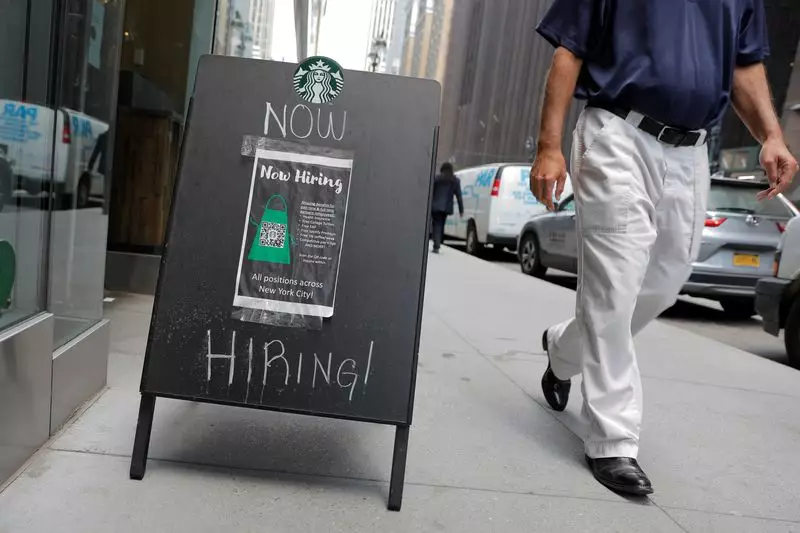In economic discourse, the term “soft landing” refers to a scenario where an economy transitions from a phase of rapid growth to a more sustainable level of expansion without triggering a recession. Recent insights from Wells Fargo strategists suggest that the likelihood of a soft landing for the U.S. economy has increased, which can significantly reduce fears of an impending recession. The broader implications of this assessment are crucial for investors, policymakers, and the general public as they navigate the complexities of an evolving economic landscape.
Several pivotal factors contribute to the emerging narrative of a soft landing. One key element is the noticeable deceleration in U.S. economic activities, signaling that growth is moderating rather than nosediving. The Federal Reserve’s recent decision to lower interest rates—its first such move since the pandemic’s onset in 2020—underscores the central bank’s recognition of a cooling economy conducive to further stabilization. Moreover, the Fed’s strategic pivot might enhance consumer spending and real incomes, as disinflation trends seem to gather momentum. This backdrop fosters a conducive environment for sustainable economic growth.
Additionally, the labor market demonstrates resilience despite some anticipated increases in unemployment rates. Wells Fargo notes that while the unemployment figures may rise, this trend is less indicative of widespread layoffs. Instead, the increases will be driven more by fresh entrants into the workforce, particularly relevant in sectors still trying to fill staffing gaps post-pandemic, such as healthcare. This multifaceted labor market dynamic is likely to mitigate the severe downturns often associated with recessions, thereby supporting overall economic stability.
The service sector, which constitutes over two-thirds of U.S. economic activity, continues to show unexpected strength, serving as a buffer against economic downturn. The expansion of service industries, in conjunction with supportive financial conditions—particularly for credit-sensitive sectors like small businesses and real estate—creates an environment where economic contraction can be circumvented. This resilience suggests that consumer behavior is evolving positively, which could further amplify growth prospects in the short term.
Wells Fargo’s assertion that these various trends can coalesce to sustain economic growth speaks to the optimism shared by many analysts regarding future performance metrics. The focus on stable financial conditions also indicates that the so-called “late-cycle financial squeeze,” which typically heralds a recession, is currently absent. Therefore, the climate for continued economic activity appears favorable.
However, the optimism outlined by Wells Fargo does not diminish the presence of uncertainties within the global economic sphere. Notably, challenges emanating from economies like China and Europe remain pressing concerns that could affect the U.S. outlook. Therefore, while a recession seems unlikely in the near term, it’s imperative to recognize that external shocks and geopolitical dynamics can alter forecasts dramatically.
While Wells Fargo’s analysis presents a compelling argument for a soft landing in the U.S. economy, stakeholders must remain vigilant. The interplay of domestic trends, labor market resilience, and international factors will continue to shape economic outcomes, making the path toward sustained growth both challenging and intriguing.

